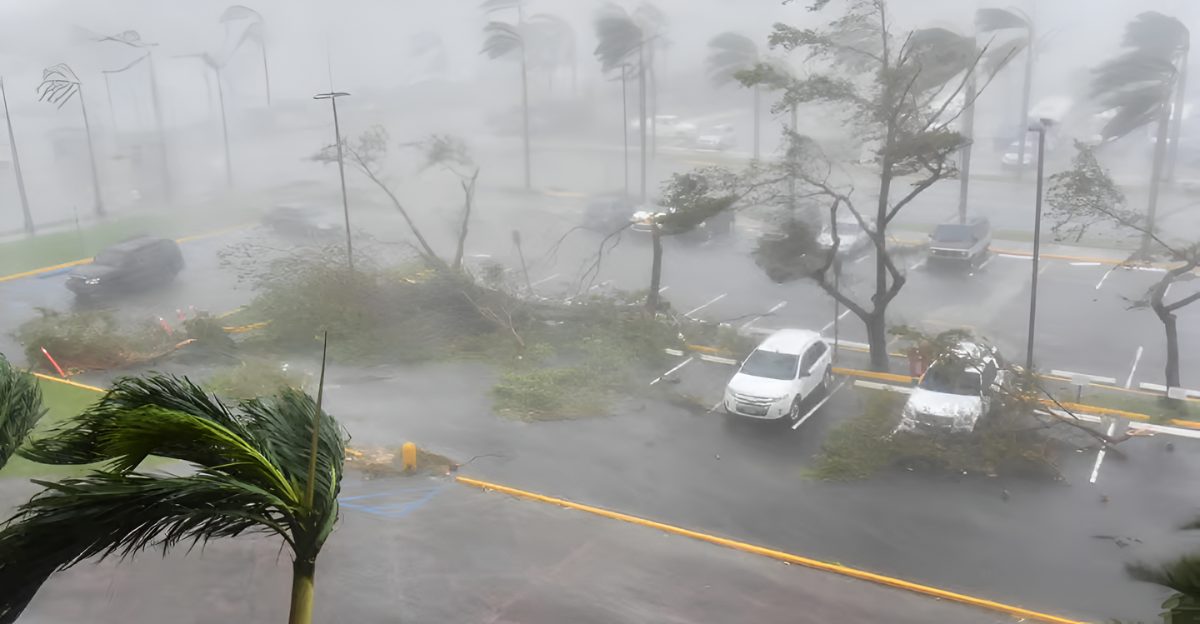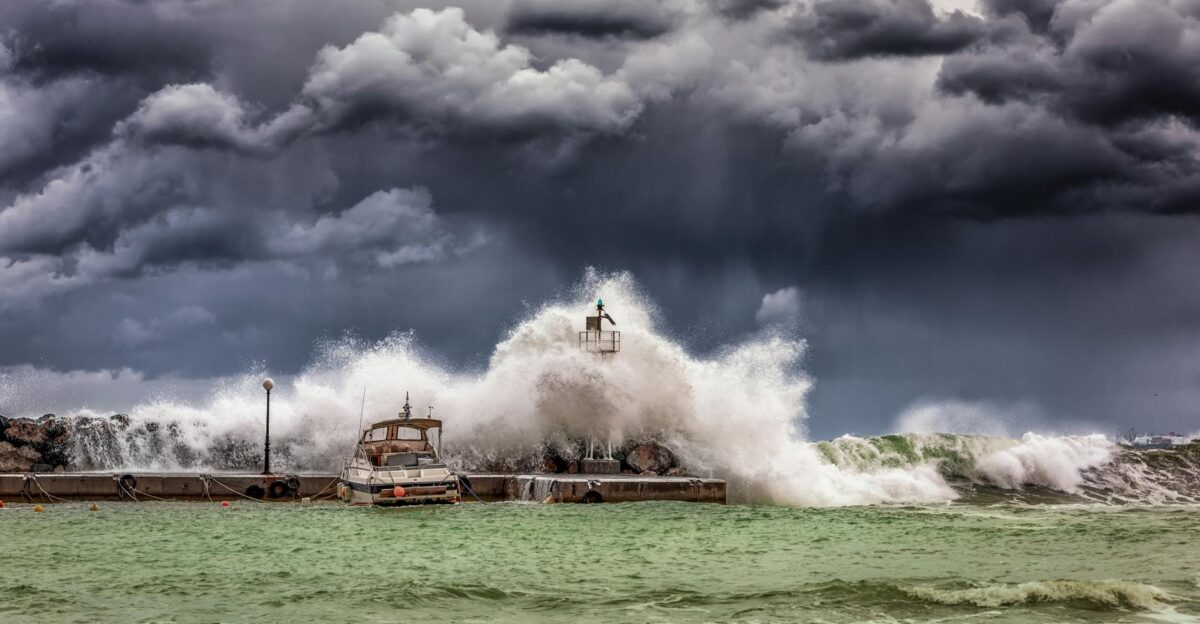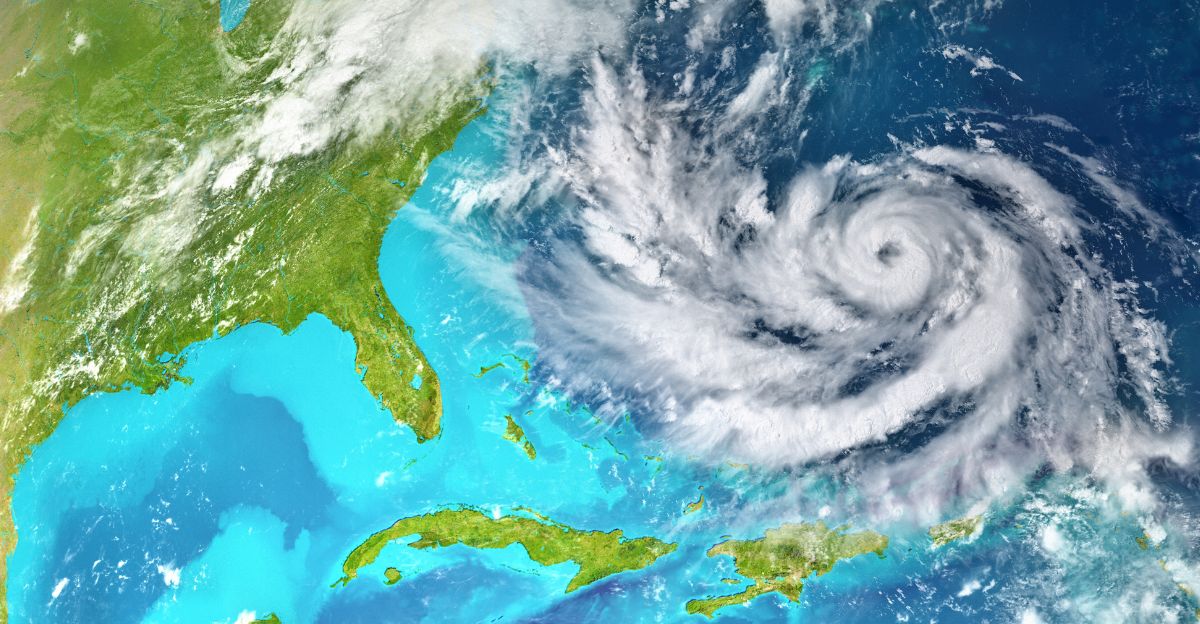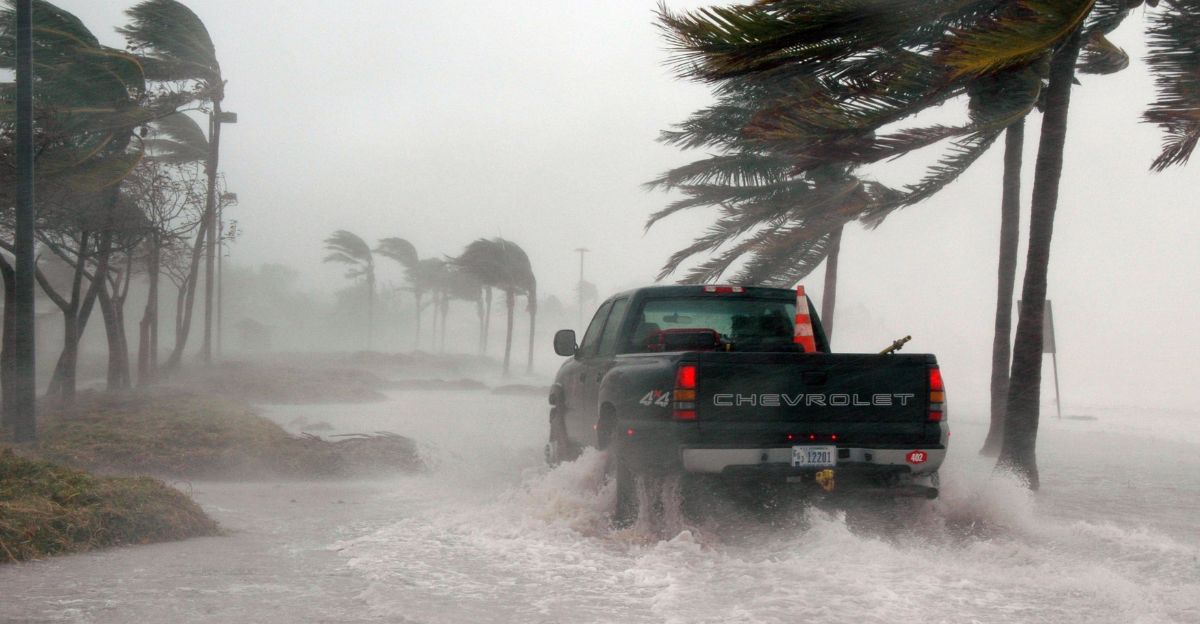
A developing tropical system in the eastern Caribbean has drawn urgent attention from meteorologists and emergency planners across the region.
According to the National Hurricane Center (NHC), conditions over the central Caribbean are currently “highly favorable” for tropical storm or even hurricane formation within the next two days.
The disturbance, identified as Invest 98L, is already producing rough seas and strong winds. Many Caribbean islands are now on high alert as officials warn of a potentially rapid escalation.
Hurricane Odds Climb

The probability of Invest 98L intensifying into a hurricane within 48 hours has climbed to around 90%, which is among the highest chances the National Hurricane Center (NHC) has issued for any system this season.
Meteorologists report that sea surface temperatures across the Caribbean are significantly above average, and wind shear is unusually low, creating very favorable conditions for rapid development.
These environmental factors not only support the likelihood of cyclone formation but also increase the probability of late-season storms throughout the region.
Officials from the NHC urge residents in areas under watches and warnings to complete their preparations quickly, given the rapidly changing situation and potential for hazardous weather.
An Unusual October Risk

While the Caribbean routinely faces hurricanes, October is typically quieter for major system formation. This year, however, the absence of earlier storms has allowed waters to heat up unusually, priming the region for Invest 98L’s intensification.
According to the latest data, only five similar storm events have occurred in the region in October since 2000. The irregular timing raises the risk that preparedness measures may be out of sync with the actual threat.
Communities Prepare Rapidly

Local governments and disaster agencies across the Windward Islands and Greater Antilles have moved quickly to activate emergency protocols.
Shelters are opening, public warnings are being broadcast, and residents are stocking up on essential necessities, including water and batteries.
The Caribbean Disaster Emergency Management Agency (CDEMA), notes that past experiences with flooding and storm surges continue to shape regional response plans.
Official Storm Designation

On October 20, the NHC formally announced a “high chance” for Invest 98L to become Tropical Storm Melissa by mid-week.
The tropical wave has already produced strong winds exceeding 30 knots and rough seas reported by ships in the region.
The forecast details a very high probability that this system will intensify as it moves through warm Caribbean waters, placing several islands on alert for life-threatening weather.
Windward Islands at Greatest Risk

Forecasts show the Windward Islands – including Saint Lucia, St. Vincent, and Grenada – are likely to experience the first impacts as the system tracks west.
Heavy rainfall, potentially exceeding 10 inches in localized areas, and damaging winds are possible, with landslides and flash flooding among the greatest threats.
Authorities stress the importance of monitoring updates and taking refuge in secure structures if warnings are issued.
People on Edge

Residents throughout the region are nervously watching the latest updates. Even before official warnings were issued, many families along vulnerable coasts began building barricades, securing their property, and reviewing emergency plans. For many in these communities, past hurricanes remain vivid memories, fueling their swift response.
Preparations in Cuba and Jamaica

Both Cuba and Jamaica have issued storm watches and are mobilizing emergency services in high-risk areas. Teams are preparing evacuation centers and clearing storm drains in anticipation of heavy rainfall and possible flooding.
Cuba’s civil defense leaders have emphasized the importance of taking early action, reminding the public that current projections indicate a significant potential impact if the storm tracks north.
Ocean Conditions Favor Intensification

Meteorologists explain that current ocean temperatures in the Caribbean are approximately 2°C above seasonal averages, which promotes the rapid buildup of storm energy.
Combined with low wind shear and high moisture content, these unusual conditions have prompted forecasters to issue stronger warnings for rapid intensification.
Researchers are also closely studying whether climate trends are increasing the frequency of late-season hurricane threats in the region.
Trade and Travel Disrupted

With marine warnings in effect, shipping traffic through the eastern Caribbean is being diverted to avoid the storm’s projected path, resulting in significant trade delays.
Airports in at-risk regions are preparing for possible closures and flight cancellations, while agricultural producers fear crop losses if heavy rains damage fields. These logistical challenges compound the economic risks facing the islands as the storm approaches.
Frustration Surfaces

Business owners and residents alike are expressing frustration over the slow pace of relief efforts and what some perceive as inconsistent government messaging.
Recent storms have left many with lost income and little recovery support, and now fear is growing that another powerful storm could set back fragile gains. Demand is rising for better coordination between local officials and international agencies.
Economic Ripple Effects

Major hurricanes and tropical storms in the Caribbean routinely trigger deep and widespread economic disruptions.
After landfall, exports can decline by up to 20% in the first few months, with severe weather events also causing longer-term reductions in agricultural outputs, tourism revenues, and local manufacturing.
Countries face additional costs for rebuilding critical infrastructure and recovering key services, often straining public budgets. The combination of lost income and increased debt can slow regional development for years after a storm passes.
Businesses Plan for Recovery

Tourism authorities, major hotels, and local businesses are developing contingency strategies to minimize downtime and economic loss.
Steps include stockpiling essential supplies, rolling out backup communications plans, and working with lenders on emergency credit arrangements.
The Caribbean Development Bank is offering grants for storm resilience and rapid repair in the most severely affected sectors.
Uncertainty Remains High

Despite strong confidence in the formation of a tropical storm, meteorologists emphasize that forecasts for storm track and intensity remain inherently uncertain.
Small changes in atmospheric conditions can lead to significant differences in where the system goes and how powerful it becomes.
The National Hurricane Center advises all communities in the projected path to prepare for a range of possible scenarios, as the situation may evolve rapidly over the coming days.
Will it Make History?

If this tropical storm forms as projected, experts say this could mark a record for late-season cyclone formation in the Caribbean.
Ongoing climate change and warming ocean patterns are suspected of fueling these unusual events. Both scientists and residents will be watching closely as the season’s next chapter unfolds, raising questions about preparedness for future storms.